India’s monsoon is becoming increasingly difficult to predict at the farm scale. Cloudbursts, long dry spells between showers, and hyper-local variation can swing yields even when the “seasonal total” looks normal. The good news is that agritech solutions for irregular rainfall are now practical and affordable—from smart irrigation systems and sensors to AI-based weather forecasting for farmers and simple, mobile-first decision tools.
How to manage irregular monsoon with technology? This article will focus on precision farming techniques for water management that are suitable for Indian conditions and budgets.
Data that frames this challenge!
• Heavy rainfall days are rising across India—64% of tehsils report an increase, signalling more flash-flood risk and longer dry gaps for fields.
• 2025 recorded the highest June rainfall since 2015, marking an exceptional monsoon year for Gujarat. 2025’s rainfall is nearly 8 times higher than the driest June on record (2016: 36.8mm), showcasing dramatic weather swings.
• Approximately 55% of India’s net sown area is rainfed, according to Department of Agriculture & Farmers Welfare. This area supports 61% of India’s farming population and contributes significantly to the country’s food production.
• Rural connectivity makes digital advisories viable: India had ~886 million active internet users in 2024, with rural users outnumbering urban; industry expects 900M+ in 2025.
• IMD confirms deployment of AI/ML models alongside traditional NWP to improve forecast skill and farmer warnings. Information technology & innovation foundation estimates peg ~20% accuracy gains for monsoon forecasts with AI.
What can be done?
1. Start with water budgeting, not just water hardware
Before buying equipment, quantify field water demand and sources. Use digital farming tools for drought-prone areas— agribazaar app offers alerts & forecasts for weather and crop stage—to plan irrigations and skip non-essential passes. Where possible, integrate a soil moisture sensor (even a single probe per representative block) to calibrate your “feel” against data. This is the essence of IoT in agriculture: tiny, rugged sensors streaming real-time moisture, temperature, and rainfall so you irrigate only when it pays.
2. Smart irrigation systems that pay back fast
For most smallholders, the best irrigation technology for Indian farmers remains drip for row crops and orchards, and mini-sprinklers/rain-guns for wider canopies and pulses. Pairing drip with a low-pressure filter and simple venturi fertigation turns every watering into targeted nutrition, cutting losses during erratic showers. Add a basic GSM controller to convert fixed schedules into smart irrigation systems that respond to soil moisture and forecasted rain (e.g., pause irrigation when a ≥60% rain probability pops up). These are proven precision farming techniques for water management—resulting in less runoff, more uniformity, and steadier yields when rainfall is unpredictable.
3. Forecast-driven field operations
AI-based weather forecasting for farmers is no longer a buzzword. Tools like Agribhumi, IMD, etc. offer an upgraded stack that blends AI/ML with physics-based models for sharper nowcasts and district/sub-district alerts; that’s crucial for timing spray windows, irrigations, and harvests around pop-up showers.
Build a simple rulebook:
- If 24–48h rain probability ≥60% and soil moisture is medium, defer irrigation.
- If heat stress is forecast (hot, dry winds; no rain), advance irrigation by 12–24 hrs to protect flowering/pod set.
- If very heavy rain is flagged, open drainage and move inputs/harvested produce to safe storage.
These micro-decisions, repeated all season, are what agritech innovations for climate change look like at farm scale
4. Harvest every drop, then move it precisely
Irregular monsoon means intense bursts. Capture them. Low-cost farm ponds, graded bunds, and recharge pits linked to field drains can store/soak sudden downpours. Pump that water through drip/mini-sprinklers for precision farming techniques for water management. Solar pumps with variable-frequency drives (VFD) help match fluctuating inflows—useful when canals release water after extreme rain upstream. A simple float switch prevents dry runs during long gaps between showers.
5. Crop, variety, and spacing as “water tech”
Technology is also agronomy. Choose short-duration or drought-tolerant varieties for late/onset failures; plant populations that avoid inter-plant competition during dry spells; and wider beds with residue cover to reduce evaporation. Mulch (organic or plastic) plus drip can cut water demand by 20–40% in vegetables and orchards, stabilizing returns when showers zig-zag. Think of this as biological agritech solutions for irregular rainfall—stacked with digital tools.
6. Packhouse, storage, and logistics matter in “rain math”
A cloudburst on harvest day can wipe out quality premiums. Basic tarpaulin tunnels, ventilated crates, and local packhouses reduce post-harvest losses that spike during erratic weather. If you sell via digital platforms, time dispatches using forecast windows to avoid wet-market penalties. Trading via agribazaar complements on-field water management by de-risking sale timing with discoverability, transparent bids, and settlement rails.
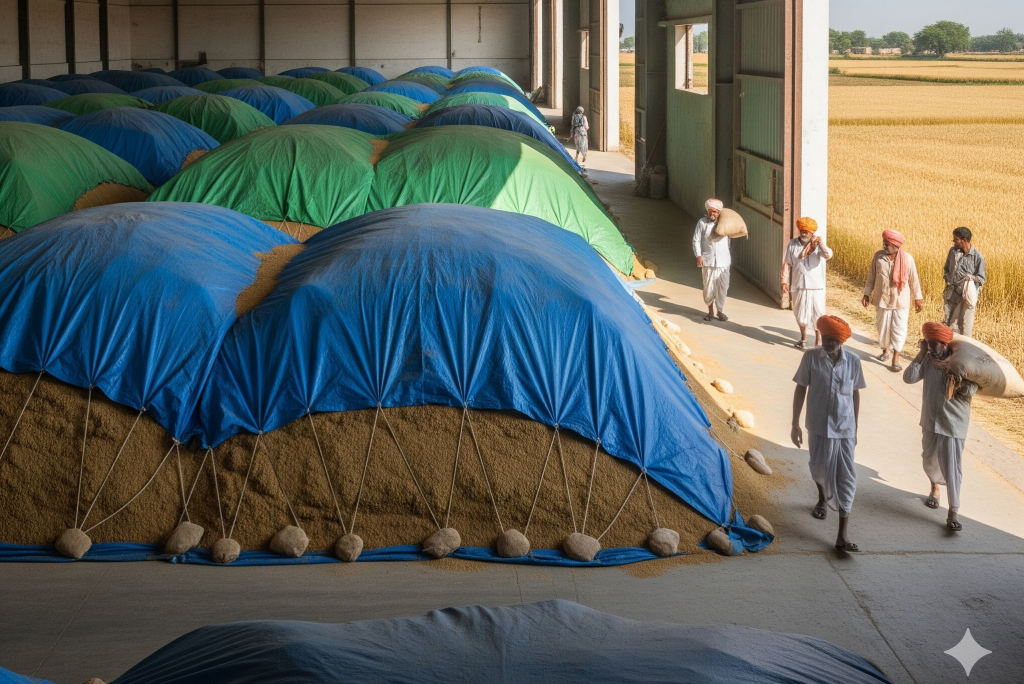
7. A practical, low-cost stack you can adopt this season
- Forecast + advisory: agribazaar offers weather forecasts & suggestions on how to manage irregular monsoon with technology.
- Sensors: One soil-moisture probe per representative block; a tipping-bucket rain gauge if budget allows.
- Irrigation controls: Timer or GSM switch to start/stop pumps remotely; flow meter to catch leaks/clogs.
- Application hardware: Drip for rows/orchards; mini-sprinklers for wider cover.
- Conservation: Mulch + farm pond + maintained drains.
This minimal kit unlocks IoT in agriculture benefits without going “fully smart farm” on day one.
8. For FPOs and large farms: integrate and automate
Larger operations can justify gateway-based telemetry, multiple smart irrigation systems, and dashboard analytics that combine station data with AI-based weather forecasting for farmers. Add block-level NDVI/NDMI satellite layers to spot water stress early, schedule irrigations, and route field teams efficiently. As India’s smart agriculture market scales rapidly, hardware costs are trending down while software capability rises—making enterprise-grade digital farming tools for drought-prone areas accessible to progressive FPOs.
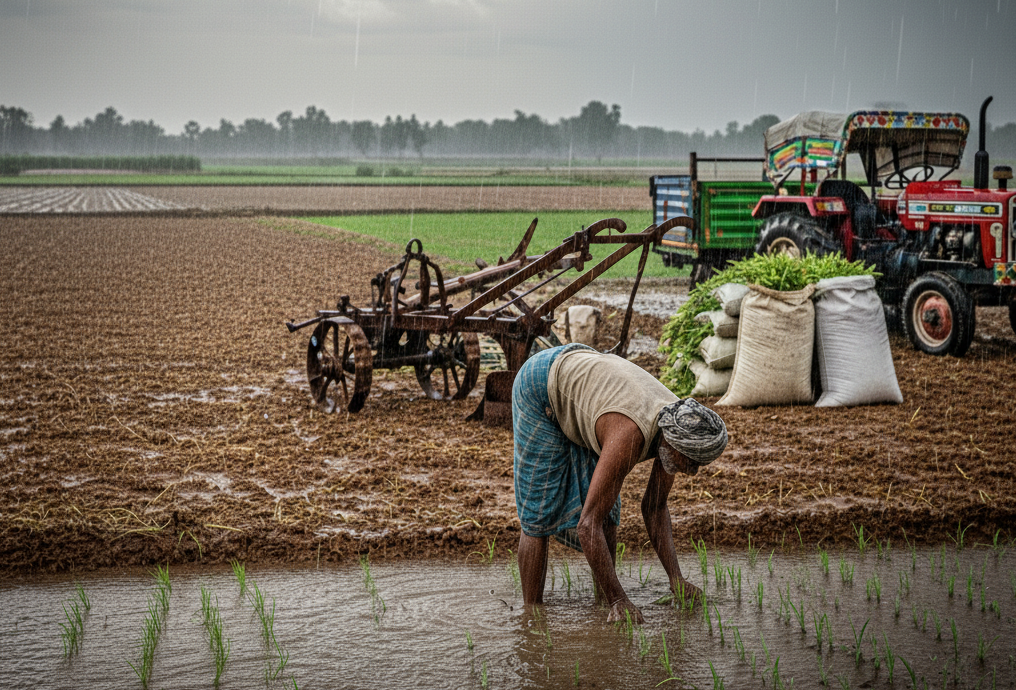
Conclusion
You can’t control the rain, but you can control when, where, and how you apply water and take weather-sensitive actions. Start with forecasts and soil moisture, switch to precision farming techniques for water management (drip/mini-sprinklers + timers), and harvest cloudburst water for later, guided by agritech solutions for irregular rainfall. With rising connectivity and better forecasts, these steps deliver resilience, yield stability, and smarter input use—the practical path for Indian farms facing a wilder monsoon.
Disclaimer
The content published on this blog is provided solely for informational and educational purposes and is not intended as professional or legal advice. While we strive to ensure the accuracy and reliability of the information presented, agribazaar make no representations or warranties of any kind, express or implied, about the completeness, accuracy, suitability, or availability with respect to the blog content or the information, products, services, or related graphics contained in the blog for any purpose. Any reliance you place on such information is therefore strictly at your own risk. Readers are encouraged to consult qualified agricultural experts, agronomists, or relevant professionals before making any decisions based on the information provided herein. agribazaar, its authors, contributors, and affiliates shall not be held liable for any loss or damage, including without limitation, indirect or consequential loss or damage, or any loss or damage whatsoever arising from reliance on information contained in this blog. Through this blog, you may be able to link to other websites that are not under the control of agribazaar. We have no control over the nature, content, and availability of those sites and inclusion of any links does not necessarily imply a recommendation or endorsement of the views expressed within them. We reserve the right to modify, update, or remove blog content at any time without prior notice.

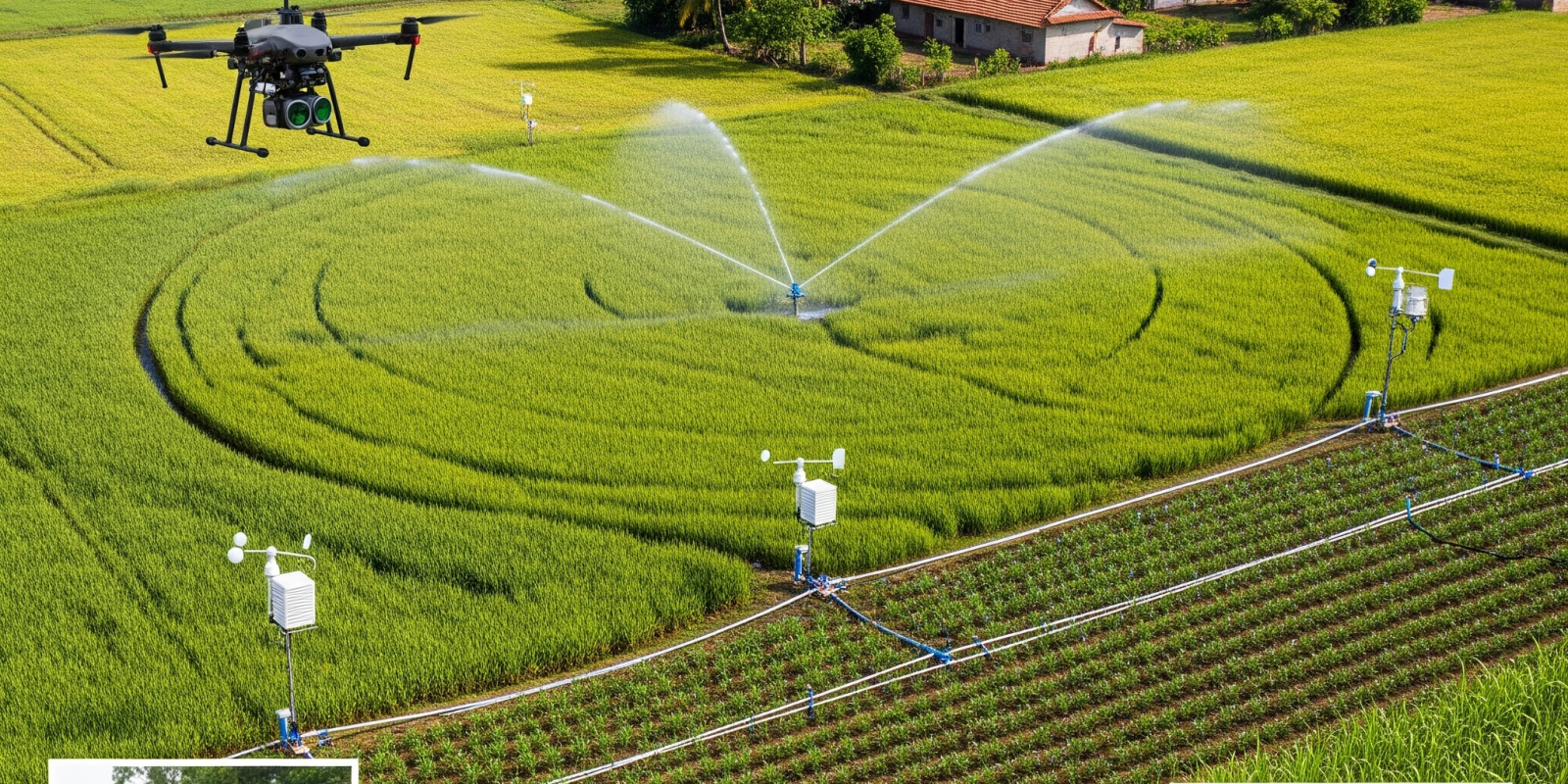
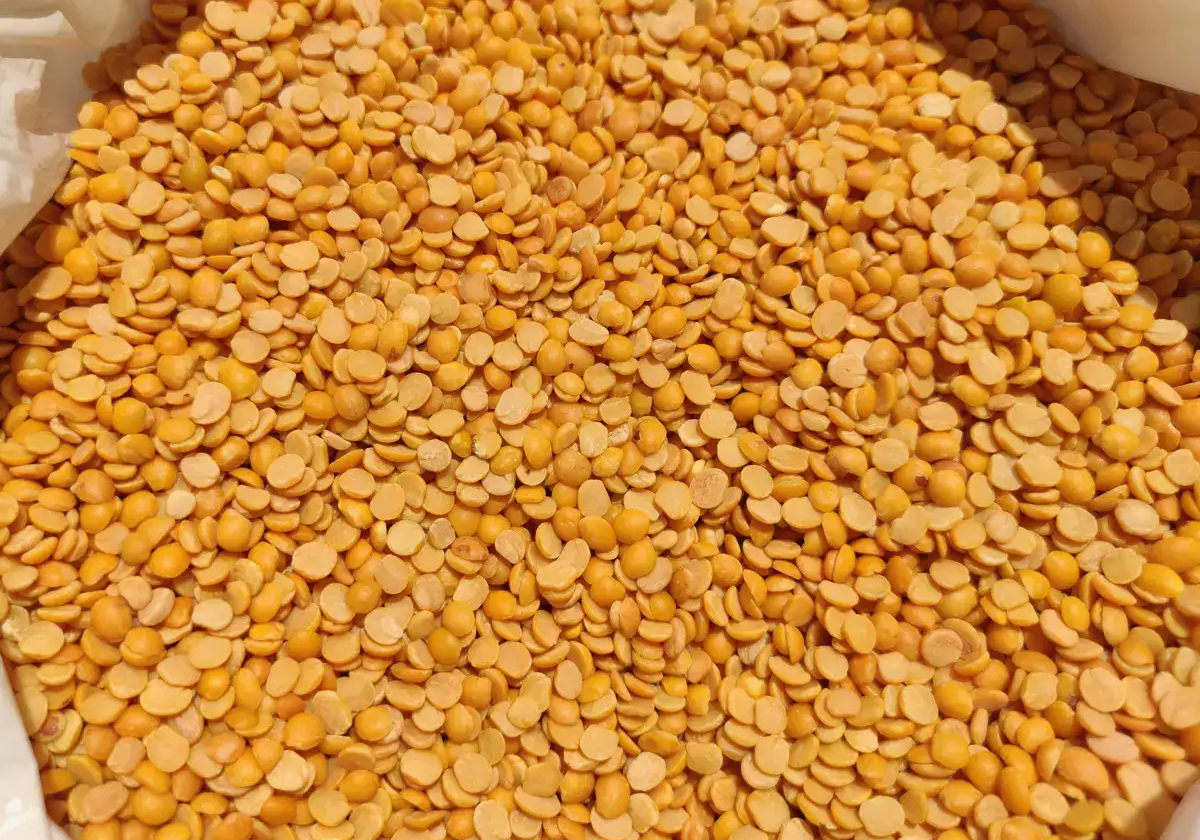

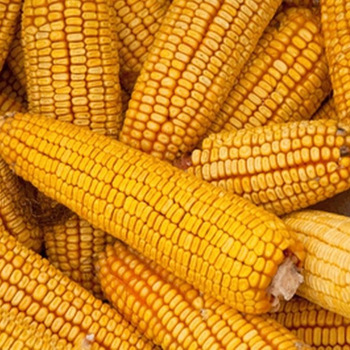
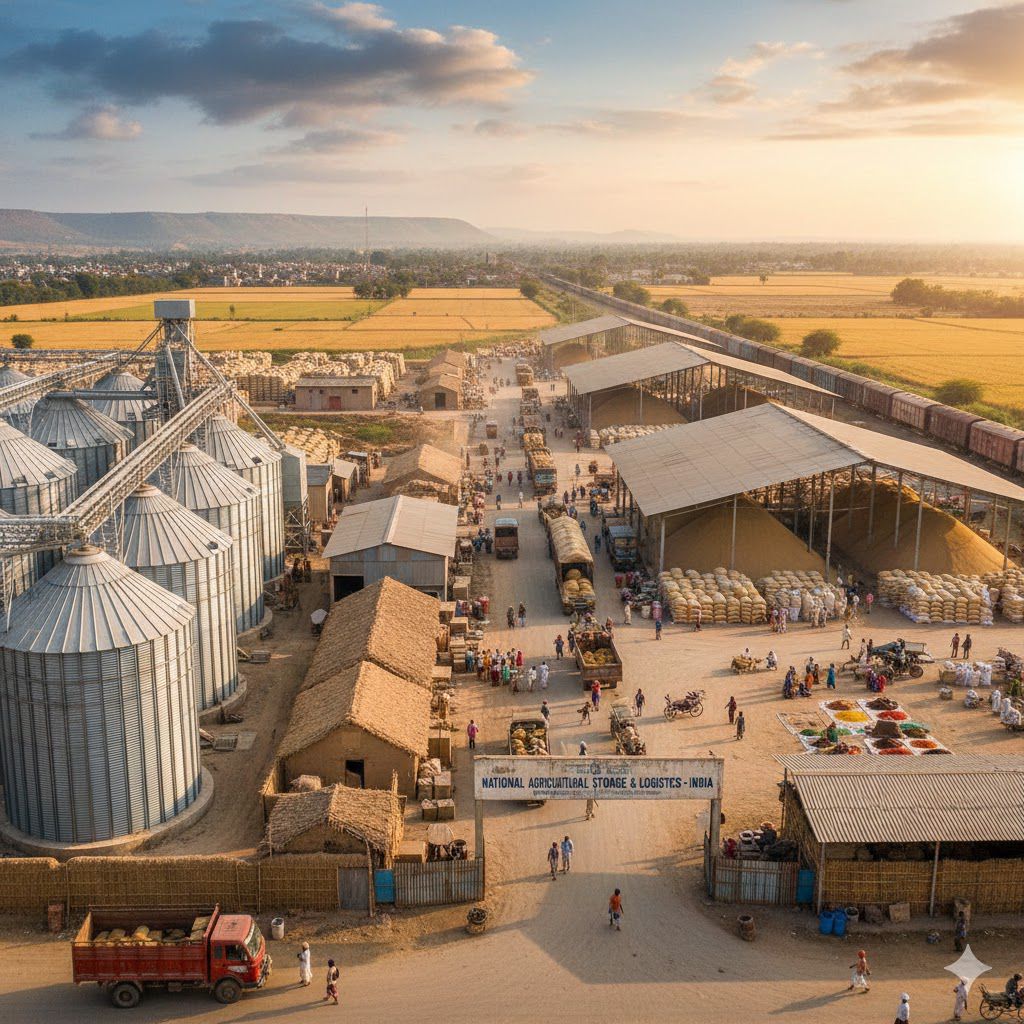
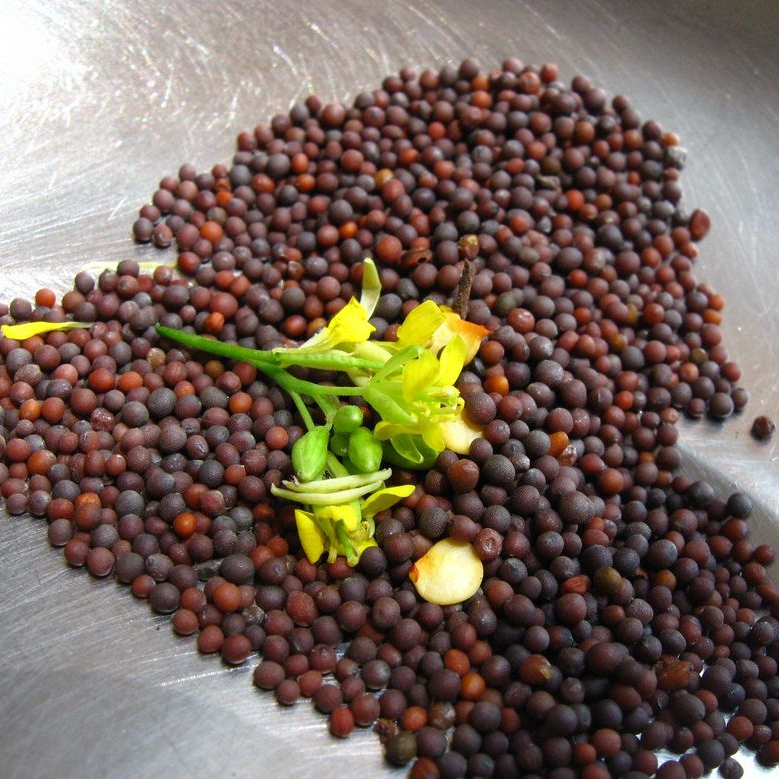
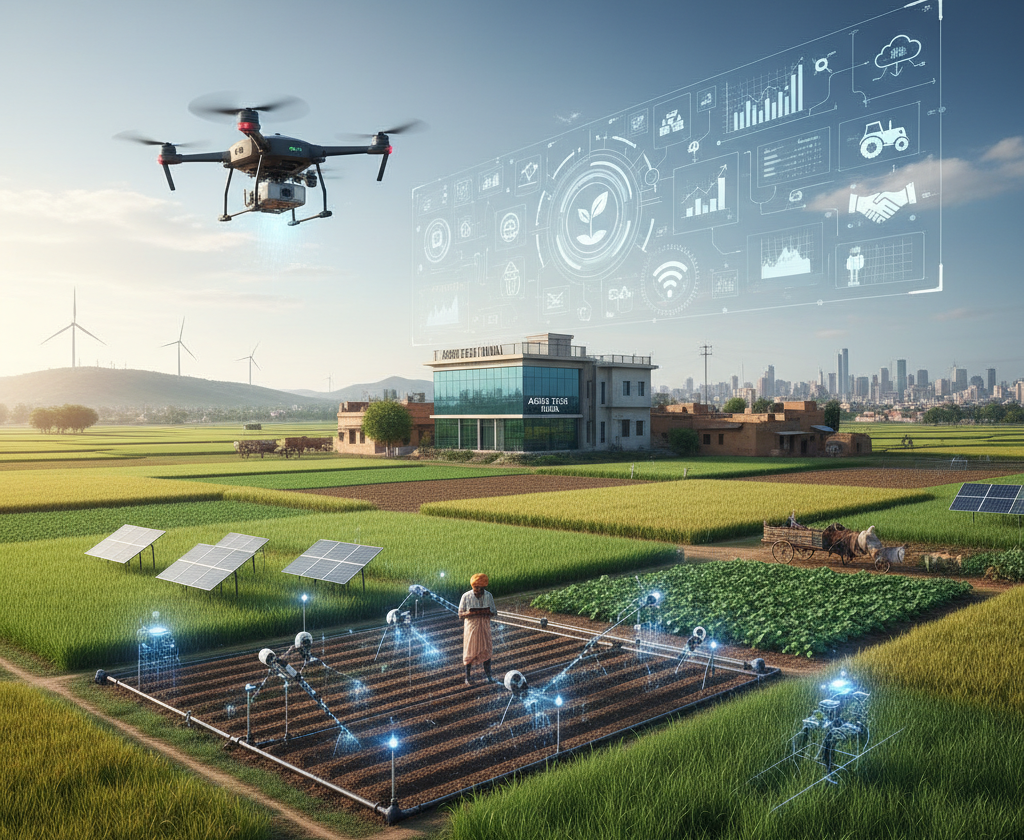
 Connect With Us
Connect With Us